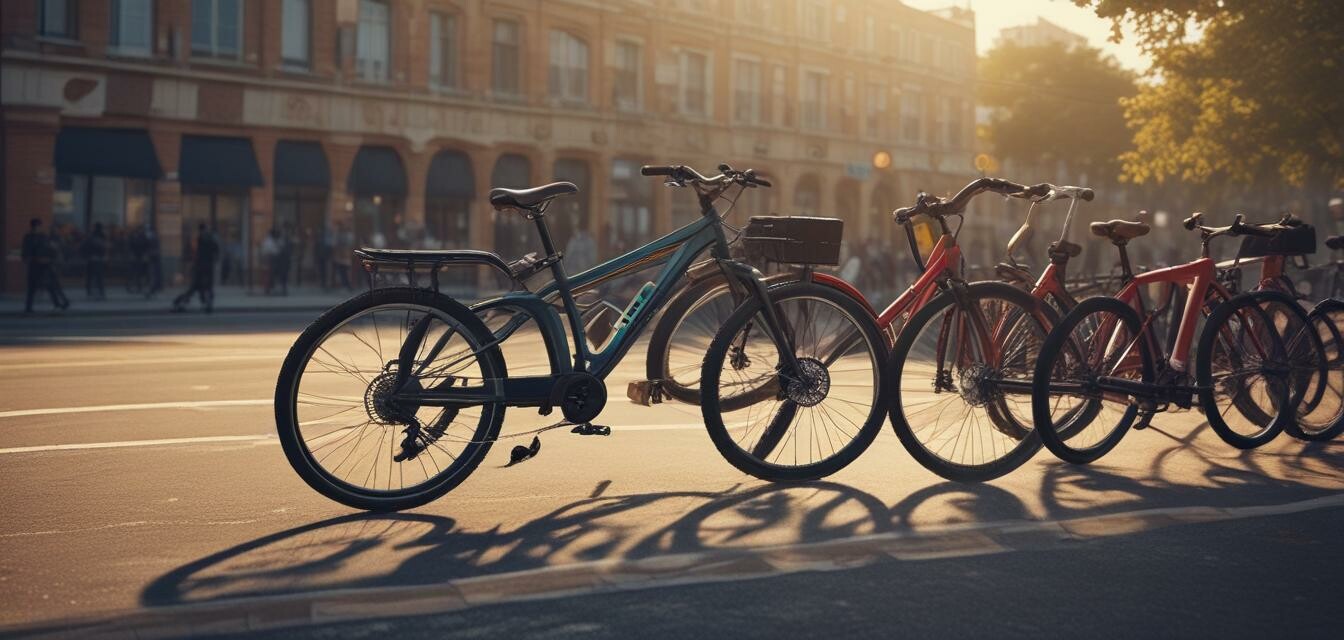
Gender and Electric Bike Usage: Breaking Down Stereotypes
Key Takeaways
- Understanding the demographics of electric bike users is crucial for promoting inclusivity.
- Women and men have different preferences for electric bikes.
- Encouraging diverse participation can bolster urban cycling communities.
- Legislation and infrastructure changes are necessary for better accessibility.
- Education and outreach plays a vital role in breaking down stereotypes.
Electric bikes are revolutionizing urban commuting, but the question arises: Who is riding them? Traditionally, cycling has been associated with certain demographics, leading to stereotypes about who rides electric bikes. In this article, we will explore the diverse demographics of electric bike users and discuss how we can encourage more inclusive participation in urban cycling.
Demographics of Electric Bike Users
Recent studies indicate that electric bike usage is growing among diverse groups, transcending age, gender, and socio-economic backgrounds. The following table provides a closer look at the gender breakdown of electric bike users.
| Demographic | Percentage of Users |
|---|---|
| Men | 58% |
| Women | 32% |
| Non-binary/Other | 10% |
Breaking Down Gender Stereotypes
As evident from the statistics, the electric bike market is still largely dominated by men. However, the increasing presence of women and non-binary riders signals a shift in the landscape. Some barriers contribute to these stereotypes:
- Social Perceptions: Many people associate cycling with masculinity, leading to hesitation among women and non-binary individuals.
- Product Availability: Electric bikes are often marketed toward men, which can alienate female and non-binary consumers.
- Safety Concerns: Urban cycling safety is perceived as a bigger concern for women, limiting their participation.
Encouraging Diverse Participation
To create a more inclusive cycling community, several strategies can be implemented:
1. Tailored Marketing Strategies
Brands should focus on inclusive marketing practices that resonate with women and non-binary individuals. Highlighting diverse role models in advertising can also inspire participation in cycling.
2. Education and Outreach Programs
Communities can host workshops aimed at educating potential riders—especially women—about the benefits of electric biking. These programs can also provide practical skills related to e-bike maintenance and safety.
3. Improving Infrastructure
Enhanced cycling lanes, better lighting, and secure bike parking can alleviate safety concerns, making urban biking more appealing to all demographics.
4. Legislative Support
Supportive legislation such as subsidies for electric bike purchases and regulations that promote bike-friendly areas can further encourage diverse participation in cycling.
The Role of Communities in Urban Cycling
Communities play a pivotal role in shaping the cycling landscape. Providing inclusive spaces for all cyclists can help foster a culture of acceptance. Local bike clubs should aim to engage a wider demographic, organizing events that are welcoming to women and non-binary riders.
Collaborating with Local Businesses
Collaborating with local businesses for events centered around urban cycling can increase visibility and promote electric bikes as a viable option for commuting.
Conclusion
The evolution of electric bike usage represents a pivotal moment for urban cycling. By breaking down stereotypes and focusing on inclusivity, we can ensure that this mode of transportation is accessible to everyone. The rise of diverse participation in electric biking not only benefits the cycling community but also aids in creating sustainable urban environments.
Pros
- Promotes an eco-friendly mode of transport.
- Reduces traffic congestion in urban areas.
- Encourages physical activity among diverse populations.
- Enhances mental well-being and community engagement.
Cons
- Initial costs of electric bikes may be high for some consumers.
- Perceived safety risks in urban areas may deter users.
- Limited awareness and knowledge about electric bikes among new users.
For more insights into electric biking, check out our buying guides or learn about different electric bikes available in the market. Stay tuned for future trends in urban cycling by visiting our news & trends section.